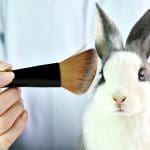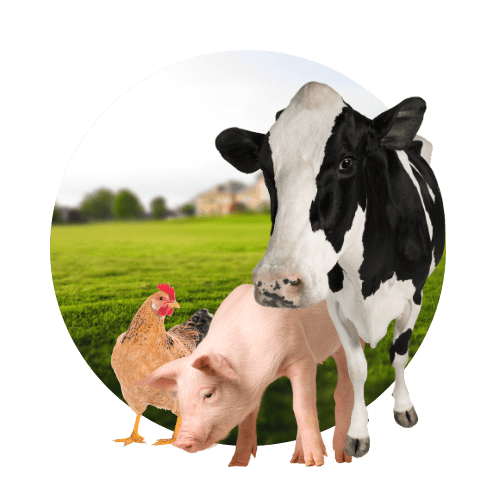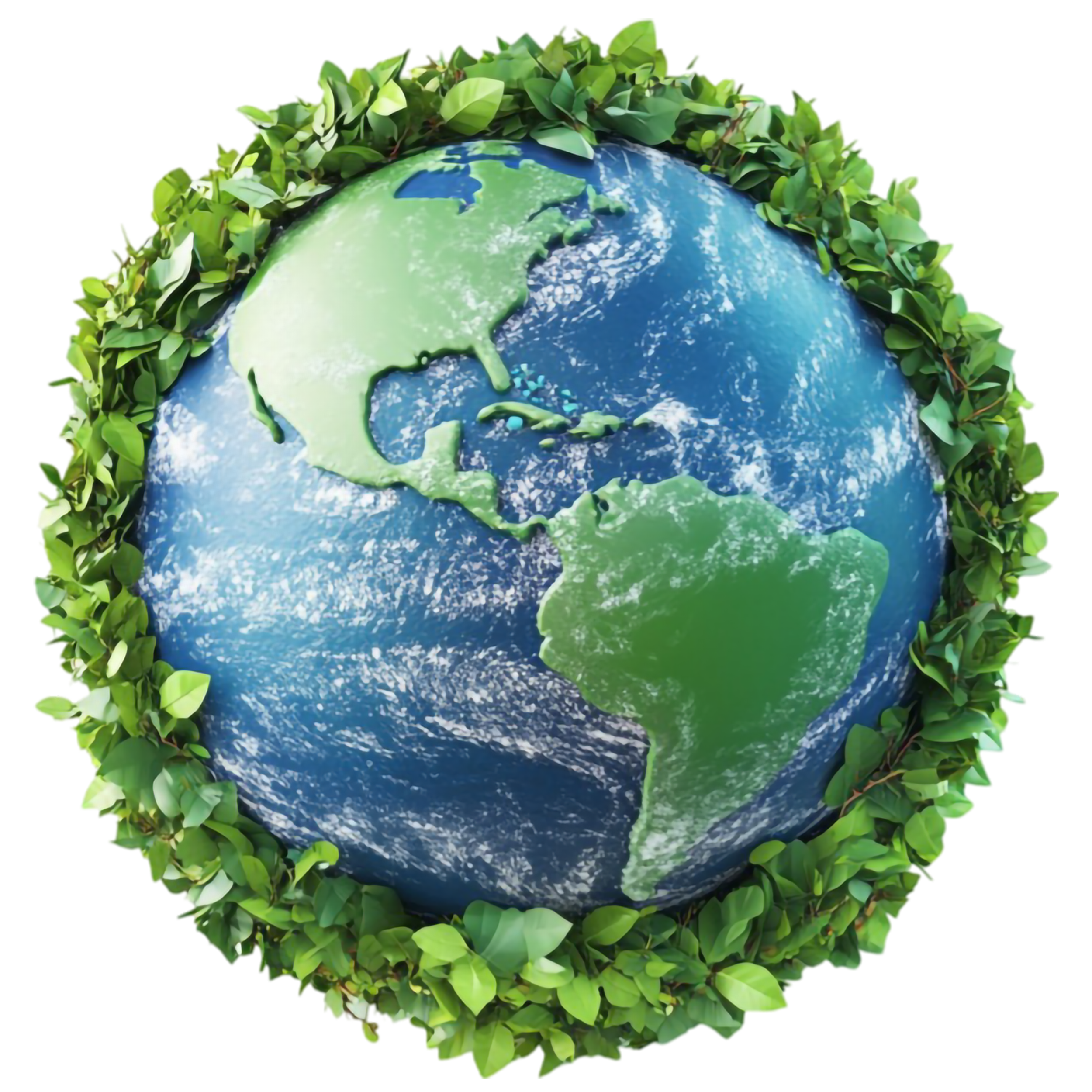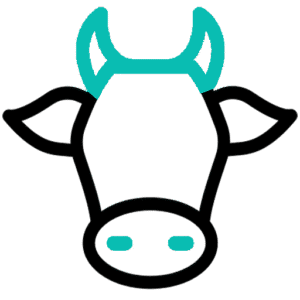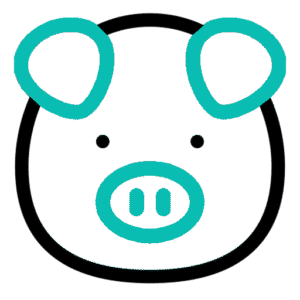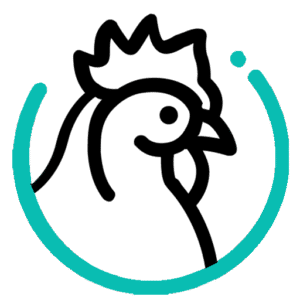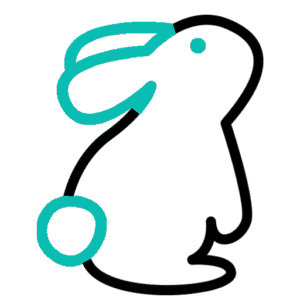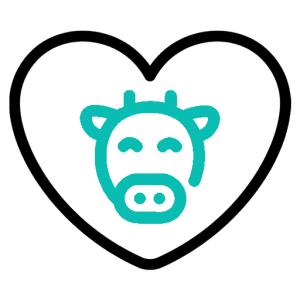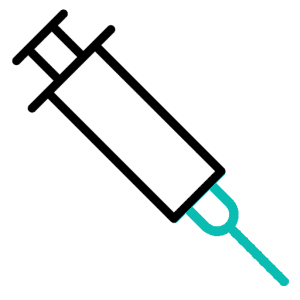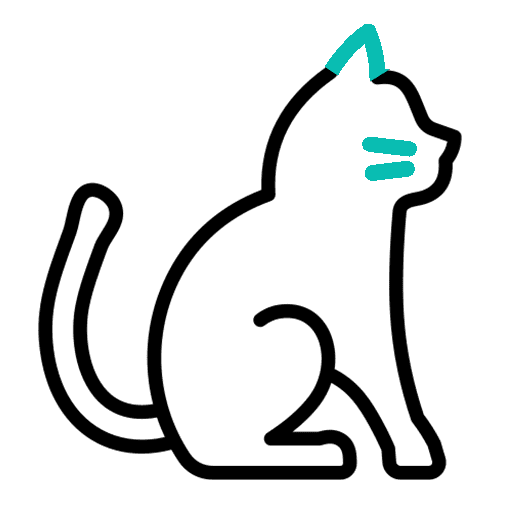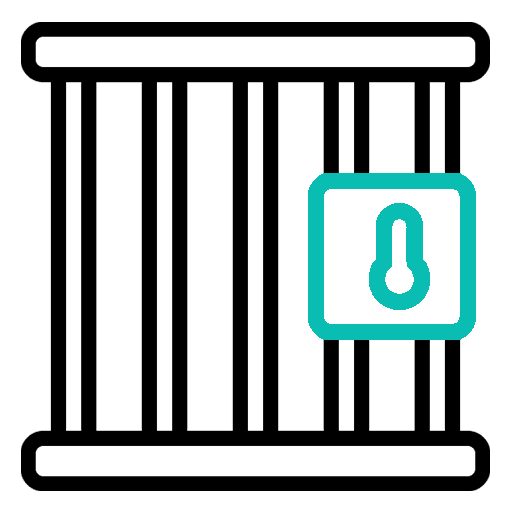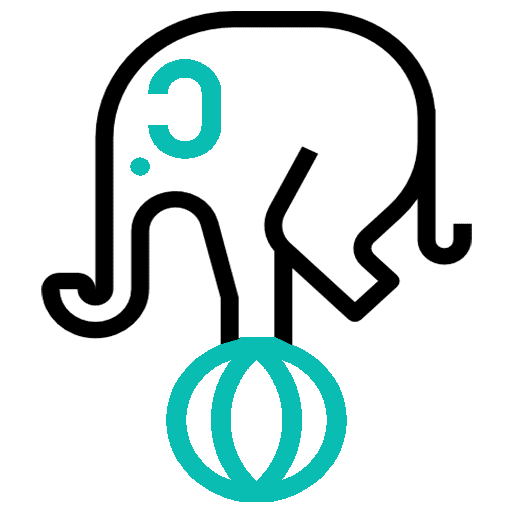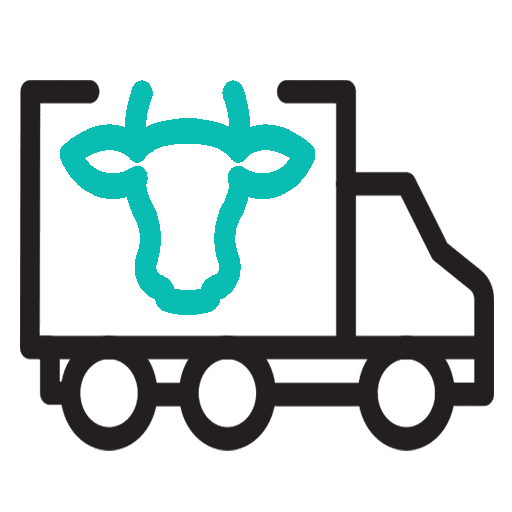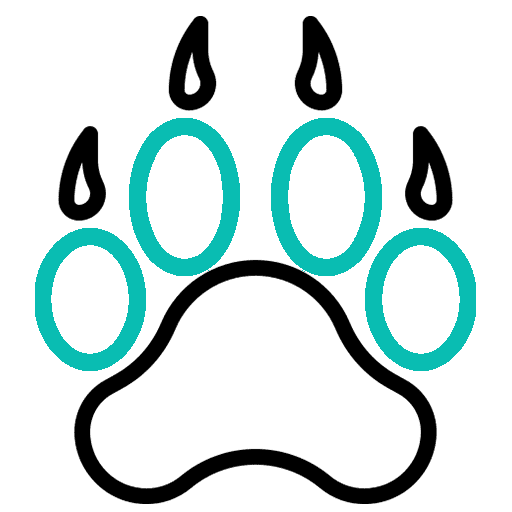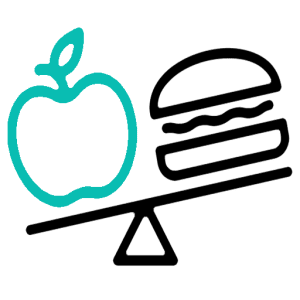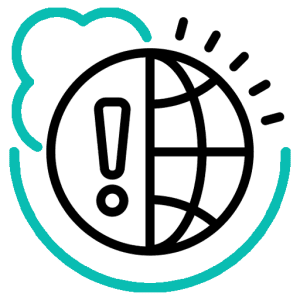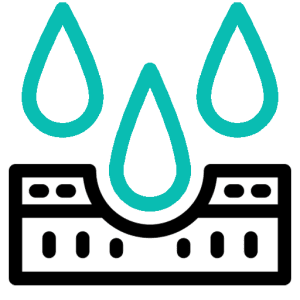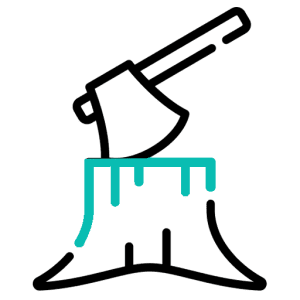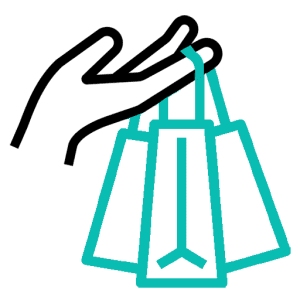Dengan jumlah produk kecantikan yang sangat banyak membanjiri pasaran hari ini, mudah untuk berasa keliru atau terpedaya dengan pelbagai dakwaan yang dibuat oleh jenama. Walaupun banyak produk mempunyai label seperti "Bebas Kekejaman," "Tidak Diuji pada Haiwan," atau "Bersumber Secara Etika," tidak semua dakwaan ini adalah setulen yang disangka. Dengan begitu banyak syarikat yang terjerumus ke dalam arus perdana etika, adalah sukar untuk memisahkan mereka yang benar-benar komited terhadap kebajikan haiwan daripada mereka yang hanya menggunakan kata kunci untuk menjual lebih banyak produk.
Dalam artikel ini, saya akan membimbing anda langkah demi langkah melalui proses mengenal pasti produk kecantikan yang benar-benar Bebas Kekejaman. Anda akan belajar cara membaca label, memahami simbol pensijilan dan membezakan antara jenama yang benar-benar menyokong hak haiwan dan jenama yang mungkin mengelirukan pengguna. Pada akhir panduan ini, anda akan mempunyai pengetahuan dan keyakinan untuk membuat pilihan termaklum yang selaras dengan nilai anda dan menyokong jenama kecantikan yang beretika.
Apakah Maksud Bebas Kekejaman?
Produk Bebas Kekejaman ialah produk yang belum diuji ke atas haiwan pada bila-bila masa semasa pembangunannya. Ini bukan sahaja merangkumi produk siap tetapi juga ramuan dan formulasi yang digunakan untuk menciptanya. Daripada peringkat awal ujian produk hingga versi akhir yang sampai kepada pengguna, produk Bebas Kekejaman memastikan tiada haiwan yang dicederakan atau digunakan dalam proses ujian. Komitmen ini meliputi semua peringkat pengeluaran, termasuk sumber bahan mentah dan ujian akhir pada formula lengkap. Jenama yang membawa label Bebas Kekejaman berdedikasi terhadap amalan beretika, mengutamakan kebajikan haiwan dan mencari kaedah ujian alternatif yang berperikemanusiaan.
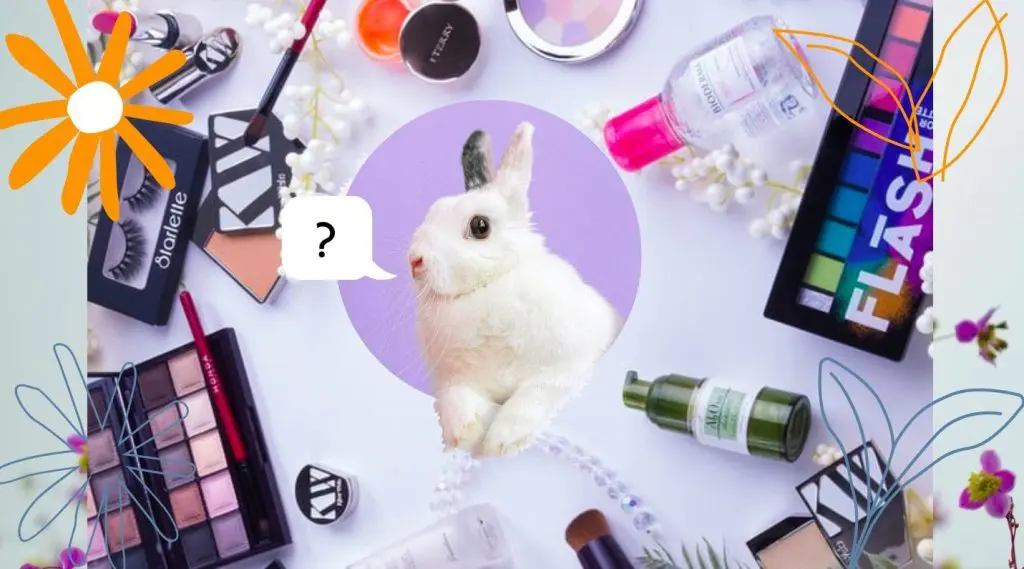
Cari Persijilan dan Logo Bebas Kekejaman
Salah satu cara paling boleh dipercayai untuk mengenal pasti produk yang benar-benar Bebas Kekejaman adalah dengan mencari logo pensijilan rasmi daripada organisasi yang bereputasi. Logo ini diberikan kepada jenama yang telah ditapis secara menyeluruh dan telah memenuhi piawaian ketat mengenai komitmen mereka terhadap kebajikan haiwan.
Antara pensijilan Bebas Kekejaman yang paling diiktiraf ialah Leaping Bunny dan Beauty Without Bunnies PETA . Organisasi-organisasi ini berdedikasi untuk memastikan bahawa produk yang mereka sokong tidak diuji pada haiwan pada mana-mana peringkat pengeluaran, daripada bahan-bahan hingga produk siap. Produk yang mempunyai salah satu logo ini menawarkan keyakinan kepada pengguna bahawa jenama tersebut telah mengambil langkah-langkah yang diperlukan untuk menjamin status bebas kekejamannya.
Walau bagaimanapun, adalah penting untuk ambil perhatian bahawa tidak semua logo yang memaparkan arnab atau simbol yang serupa semestinya menunjukkan komitmen tulen untuk Bebas Kekejaman. Malangnya, sesetengah jenama mungkin menyalahgunakan imej ini pada pembungkusan mereka tanpa memenuhi piawaian ketat yang diperlukan untuk pensijilan.
Untuk membantu menangani perkara ini, rajah di bawah daripada Ethical Elephant memberikan perbandingan yang jelas antara logo rasmi Bebas Kekejaman berbanding logo yang mungkin mengelirukan atau tidak rasmi. Adalah penting untuk membiasakan diri dengan simbol-simbol ini bagi memastikan produk yang anda pilih selaras dengan nilai etika anda.
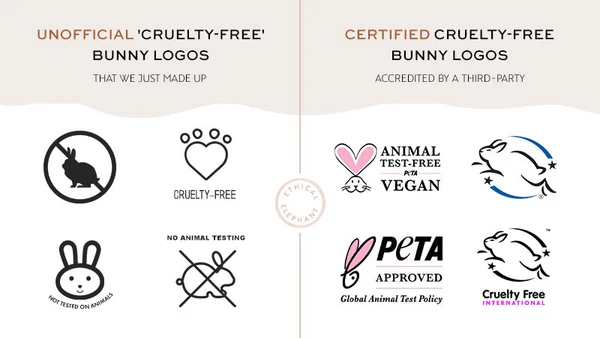
Semak Dasar Pengujian Haiwan Jenama
Jika pembungkusan produk tidak memberikan kejelasan yang mencukupi sama ada sesuatu produk itu benar-benar Bebas Kekejaman, langkah seterusnya adalah melayari laman web jenama tersebut. Cari bahagian seperti halaman Soalan Lazim atau halaman Ujian Haiwan khusus, yang harus menggariskan pendirian syarikat mengenai ujian haiwan dan memberikan penjelasan terperinci tentang amalan mereka.
Banyak jenama yang benar-benar komited untuk Bebas Kekejaman dengan bangganya memaparkan maklumat ini di laman web mereka. Adalah perkara biasa untuk menemui kenyataan tentang komitmen mereka terhadap kebajikan haiwan di laman utama, halaman produk dan juga di bahagian tentang kami. Syarikat-syarikat ini sering berusaha lebih untuk menjadikan dasar Bebas Kekejaman mereka mudah dicari dan difahami, mencerminkan ketelusan dan dedikasi mereka terhadap amalan beretika.
Walau bagaimanapun, tidak semua syarikat begitu mudah. Sesetengah jenama mungkin menyediakan dasar pengujian haiwan yang panjang lebar atau samar-samar yang boleh mengelirukan atau mengelirukan. Kenyataan ini mungkin termasuk bahasa yang berbelit-belit, kelayakan atau pengecualian yang menimbulkan keraguan tentang komitmen sebenar jenama tersebut untuk bebas daripada kekejaman. Contohnya, sesebuah jenama mungkin mendakwa tidak menguji haiwan tetapi masih membenarkan pihak ketiga menjalankan ujian haiwan untuk produk atau ramuan mereka di pasaran tertentu, seperti China.
Adalah penting untuk membaca dasar-dasar ini dengan teliti dan mencari sebarang cetakan halus atau bahasa yang samar-samar. Jenama Bebas Kekejaman Tulen akan telus, jelas dan terus terang tentang amalan mereka tanpa bergantung pada kelemahan atau perkataan yang samar-samar. Jika dasar tersebut kelihatan tidak jelas atau bercanggah, adalah wajar untuk menyiasat lebih lanjut atau menghubungi jenama tersebut secara langsung untuk mendapatkan penjelasan.
Contoh Dasar Pengujian Haiwan yang Tulen (Jelas dan Telus)
“Kami komited untuk menyokong kebajikan haiwan, dan tiada satu pun produk atau ramuannya diuji pada haiwan. Semua produk kami diperakui Bebas Kekejaman oleh organisasi bereputasi seperti Leaping Bunny dan PETA, mematuhi piawaian Bebas Kekejaman global. Sebagai sebuah jenama, kami enggan menjalankan ujian haiwan pada mana-mana peringkat pengeluaran, daripada ujian awal hingga produk siap, dan kami tidak pernah mewakilkan tanggungjawab ini kepada syarikat pihak ketiga.”
Sebab-sebab mengapa dasar ini tulen:
- Ia menyatakan dengan jelas bahawa tiada satu pun produk atau ramuannya diuji pada haiwan.
- Jenama ini menggunakan pensijilan yang boleh dipercayai seperti Leaping Bunny dan PETA untuk mengesahkan dasar ini.
- Jenama ini secara telus menyampaikan komitmennya untuk mengelakkan ujian haiwan pada semua peringkat pengeluaran dan dalam apa jua keadaan.
Contoh Dasar Pengujian Haiwan yang Bercanggah (Samar-samar dan Mengelirukan)
"'Jenama' komited terhadap penghapusan ujian haiwan. Kami juga komited terhadap kesihatan dan keselamatan pengguna dan membawa produk yang mematuhi peraturan yang terpakai di setiap negara tempat produk kami dijual ke pasaran."
Sebab-sebab mengapa dasar ini samar-samar dan bercanggah:
- Kekurangan kejelasan tentang “penghapusan ujian haiwan”: Ungkapan “komited untuk menghapuskan ujian haiwan” kedengaran positif tetapi tidak menjelaskan secara eksplisit sama ada jenama tersebut menjamin bahawa tiada ujian haiwan akan terlibat dalam mana-mana bahagian pengeluarannya, termasuk untuk bahan mentah atau di pasaran di mana ujian haiwan dikehendaki oleh undang-undang.
- Rujukan kepada "peraturan yang berkenaan": Sebutan tentang "peraturan yang berkenaan" ini menimbulkan tanda amaran. Banyak negara, seperti China, mewajibkan ujian haiwan untuk produk tertentu yang akan dijual di pasaran mereka. Jika jenama tersebut mematuhi peraturan ini, ia mungkin masih membenarkan ujian haiwan di rantau tersebut, yang bercanggah dengan dakwaan "menghapuskan ujian haiwan".
- Ketidakjelasan dalam komitmen terhadap ujian haiwan: Dasar ini tidak mentakrifkan secara khusus komitmen mereka, memberi ruang kepada kemungkinan bahawa walaupun mereka mungkin mengelakkan ujian haiwan dalam beberapa kes, mereka mungkin masih membenarkannya dalam keadaan tertentu, terutamanya jika pasaran menuntutnya.
Dasar ini tidak telus kerana ia memberi ruang untuk tafsiran dan tidak membincangkan secara langsung sama ada ujian haiwan pernah digunakan atau tidak, terutamanya dalam kes di mana peraturan di negara lain mungkin memerlukannya.
Kaji Syarikat Induk
Penting untuk diingat bahawa kadangkala jenama itu sendiri mungkin Bebas Kekejaman, tetapi syarikat induknya mungkin tidak mengikuti amalan etika yang sama. Banyak syarikat beroperasi di bawah syarikat induk yang lebih besar, yang mungkin tidak mengutamakan kebajikan haiwan atau masih boleh terlibat dalam amalan seperti ujian haiwan di pasaran tertentu. Walaupun jenama mungkin dengan bangganya mempamerkan pensijilan Bebas Kekejaman dan membuat tuntutan tiada ujian haiwan, amalan syarikat induk mereka boleh bercanggah secara langsung dengan tuntutan ini.
Untuk memastikan jenama selaras dengan nilai anda, adalah penting untuk melihat melangkaui jenama itu sendiri. Menjalankan carian dalam talian pantas untuk mencari maklumat tentang dasar ujian haiwan syarikat induk boleh memberikan kejelasan yang amat diperlukan. Cari kenyataan di laman web syarikat induk, artikel berita atau laman web pihak ketiga yang menjejaki dasar korporat berkaitan kebajikan haiwan. Sering kali, syarikat induk mungkin masih membenarkan ujian haiwan di pasaran yang diwajibkan secara sah, seperti di China, atau mereka mungkin terlibat dengan jenama lain yang menguji haiwan.
Dengan mengkaji syarikat induk, anda boleh membuat keputusan yang lebih tepat sama ada sesebuah jenama benar-benar berkongsi komitmen anda terhadap produk bebas kekejaman. Langkah ini amat penting bagi pengguna yang ingin memastikan bahawa keputusan pembelian mereka selaras dengan piawaian etika mereka. Walaupun sesebuah jenama tertentu mendakwa Bebas Kekejaman, dasar syarikat induknya mungkin masih mempunyai impak yang ketara terhadap amalan pengujian haiwan, dan hubungan ini boleh menjejaskan dakwaan jenama tersebut.
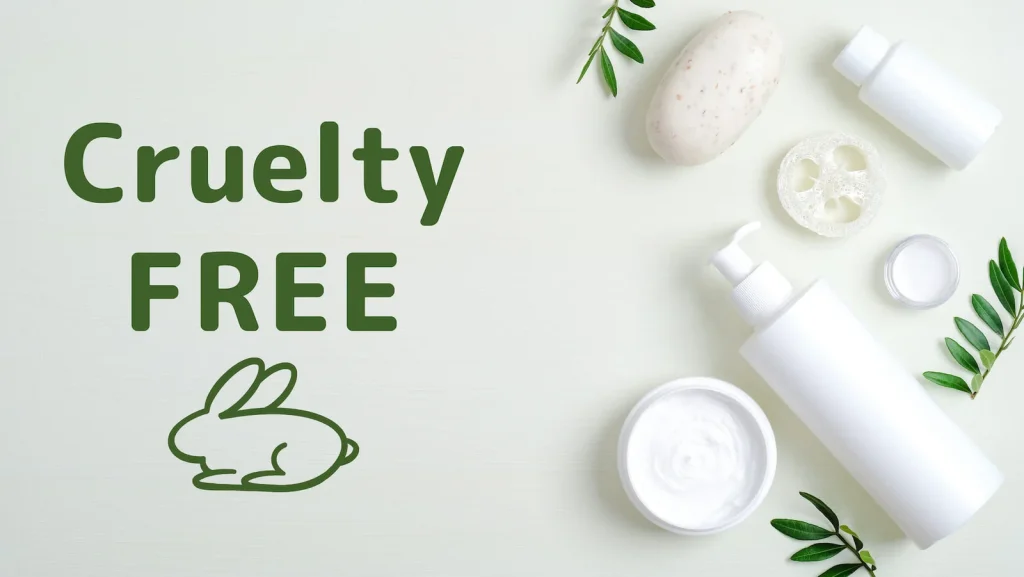
Gunakan Laman Web dan Sumber Bebas Kekejaman
Apabila ragu-ragu tentang status Bebas Kekejaman sesuatu jenama, saya sentiasa beralih kepada sumber yang boleh dipercayai yang pakar dalam kebajikan haiwan dan kecantikan beretika, seperti Cruelty Free International, PETA, Cruelty Free Kitty dan Ethical Elephant. Laman web ini telah menjadi alat yang tidak ternilai untuk pengguna yang teliti yang ingin memastikan pembelian mereka selaras dengan nilai mereka.
Kebanyakan laman web ini menawarkan pangkalan data yang boleh dicari yang membolehkan anda menyemak status Bebas Kekejaman jenama tertentu dengan cepat semasa membeli-belah, menjadikannya mudah untuk mendapatkan maklumat yang anda perlukan semasa dalam perjalanan. Sumber-sumber ini bukan sahaja menyediakan senarai terkini jenama Bebas Kekejaman yang diperakui, tetapi ia juga mengekalkan piawaian yang ketat untuk apa yang dianggap sebagai produk yang benar-benar bebas daripada kekejaman. Mereka meluangkan masa untuk melakukan penyelidikan bebas dan menghubungi jenama secara langsung untuk mengesahkan dakwaan mereka, memastikan pengguna menerima maklumat yang tepat dan boleh dipercayai.
Apa yang menjadikan laman web ini sangat berguna ialah ketelusannya. Mereka sering mengkategorikan jenama sebagai "Bebas Kekejaman," "Dalam Kawasan Kelabu," atau "Masih Menguji Haiwan," supaya anda dapat melihat dengan tepat kedudukan sesebuah jenama. Jika sesebuah jenama tidak begitu jelas tentang dasar pengujian haiwannya, laman web ini selalunya akan memberikan konteks dan penjelasan tambahan, membantu anda menavigasi landskap produk kecantikan beretika yang mengelirukan.
Dengan menggunakan sumber-sumber berharga ini, anda boleh membuat keputusan pembelian yang tepat dengan yakin dan mengelakkan diri daripada terpedaya dengan dakwaan yang mengelirukan atau dasar yang samar-samar. Ia merupakan cara terbaik untuk mengikuti perkembangan industri kecantikan yang sentiasa berubah dan memastikan pilihan anda menyokong kebajikan haiwan dengan cara yang paling bermakna.
Bagaimana Pembelian Kecantikan Anda Boleh Memberi Perbezaan
Sebagai pengguna yang teliti, memilih produk kecantikan Cruelty Free memperkasakan kita untuk memberi impak yang ketara dan positif terhadap kebajikan haiwan, alam sekitar, malah industri kecantikan itu sendiri. Dengan mendidik diri kita sendiri tentang pensijilan Cruelty Free, memahami dasar ujian haiwan, dan menggunakan sumber yang boleh dipercayai, kita boleh menavigasi dunia kecantikan dengan yakin sambil memastikan pilihan kita selaras dengan nilai etika kita.
Apabila kita memilih produk bebas kekejaman, kita bukan sahaja menyokong amalan beretika — kita menghantar mesej yang kuat kepada industri kecantikan bahawa terdapat permintaan untuk produk yang lebih bertanggungjawab dan berperikemanusiaan. Dengan menjadi termaklum dan bersungguh-sungguh dalam keputusan pembelian kita, kita menyumbang kepada gerakan yang lebih besar ke arah belas kasihan, kemampanan dan kebajikan haiwan.
Ingat, setiap pembelian lebih daripada sekadar transaksi; ia adalah undian untuk jenis dunia yang kita ingin diami. Setiap kali kita memilih bebas kekejaman, kita menggalakkan masa depan di mana haiwan dilayan dengan hormat dan baik hati. Marilah kita memilih belas kasihan, satu produk kecantikan pada satu masa, dan memberi inspirasi kepada orang lain untuk melakukan perkara yang sama. Bersama-sama, kita boleh membuat perubahan — untuk haiwan, untuk alam sekitar, dan untuk dunia kecantikan secara keseluruhan.

